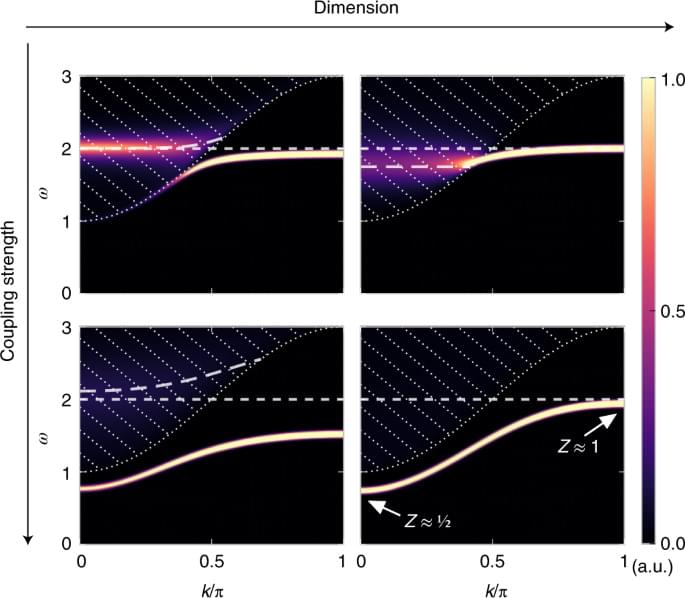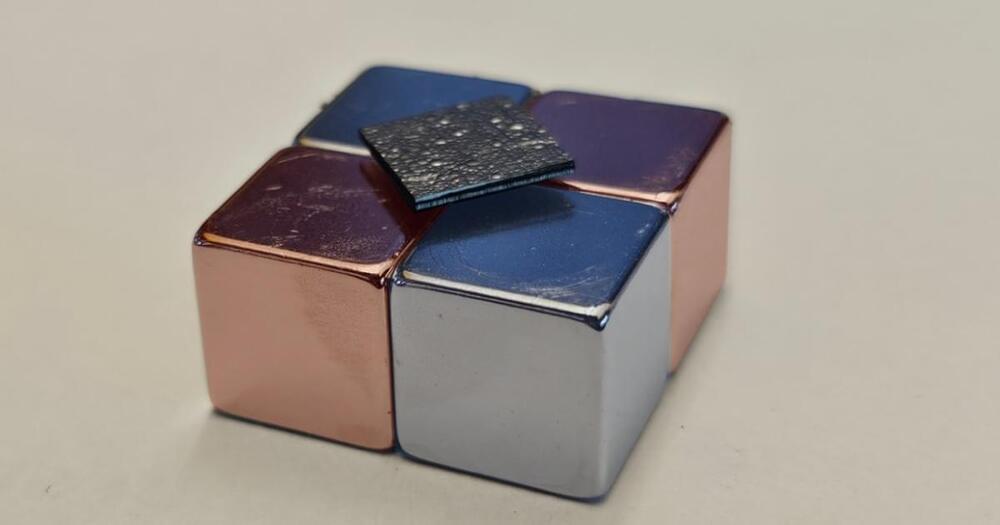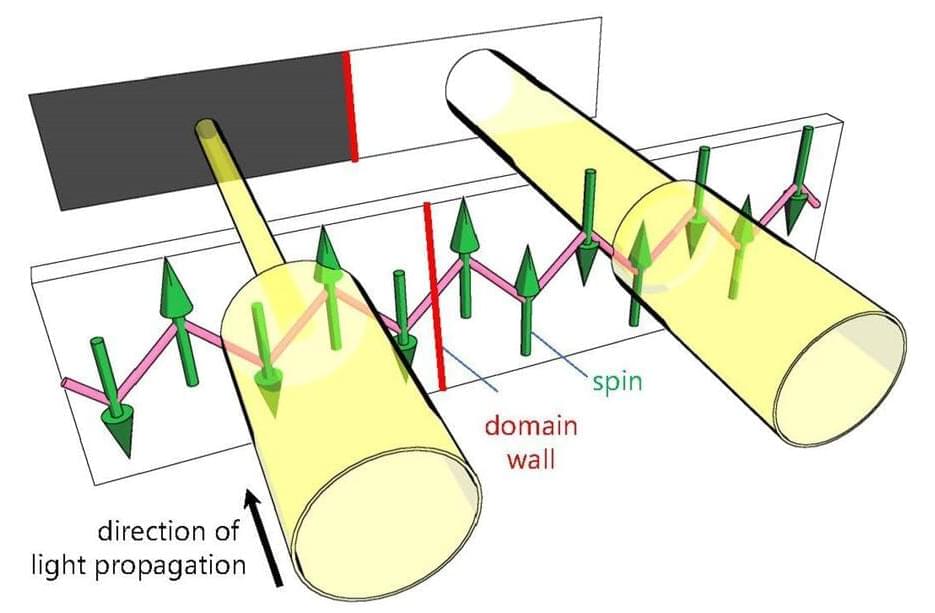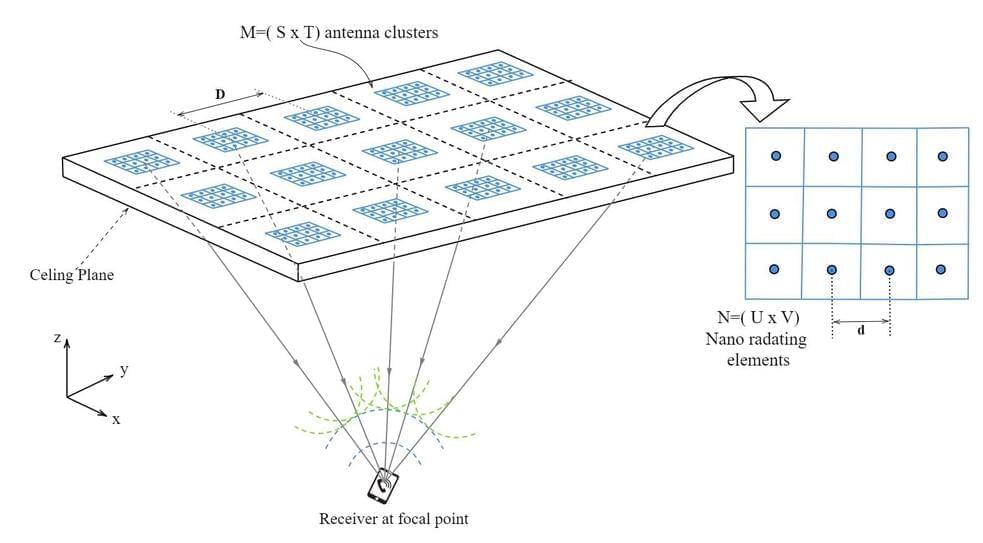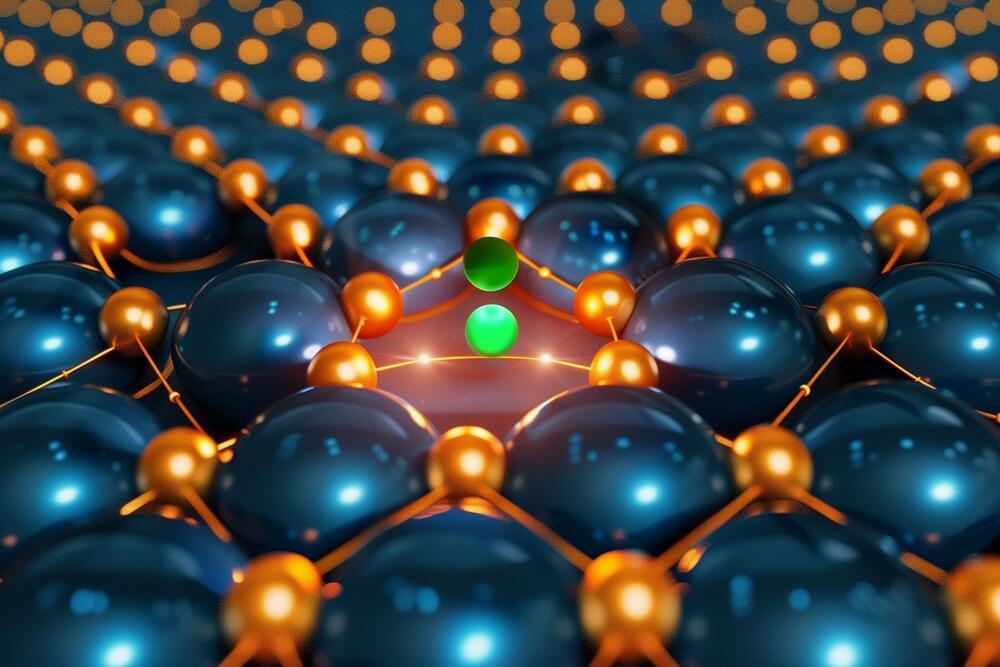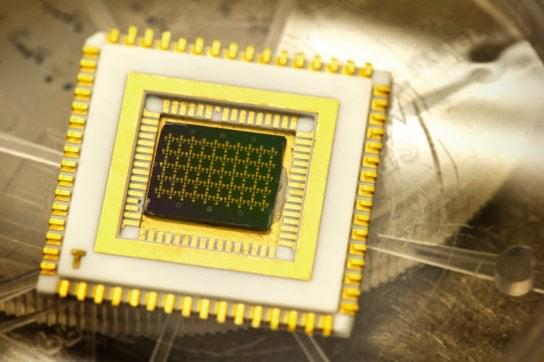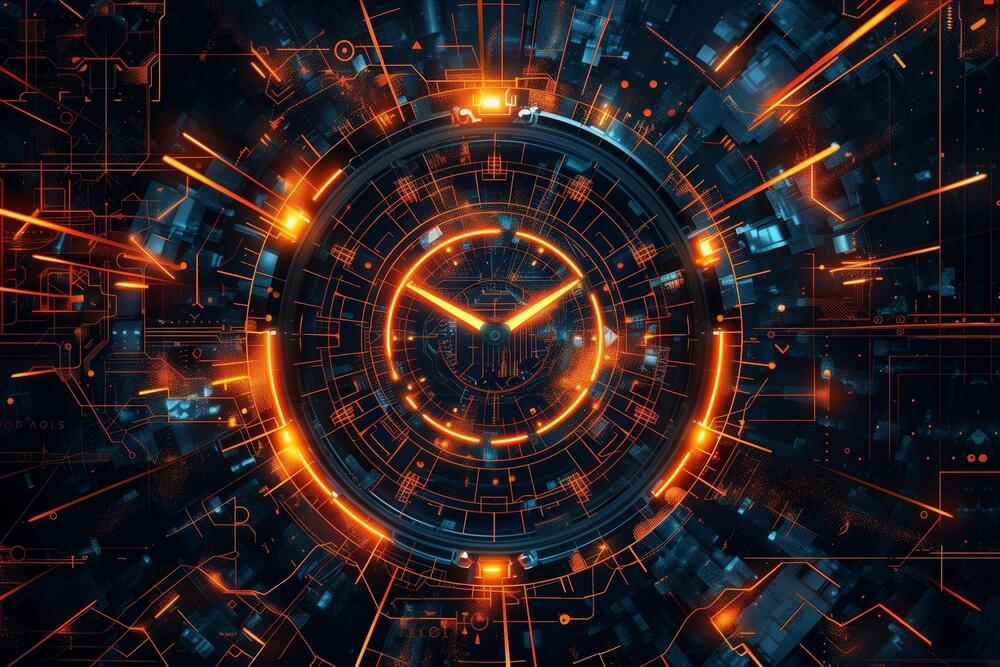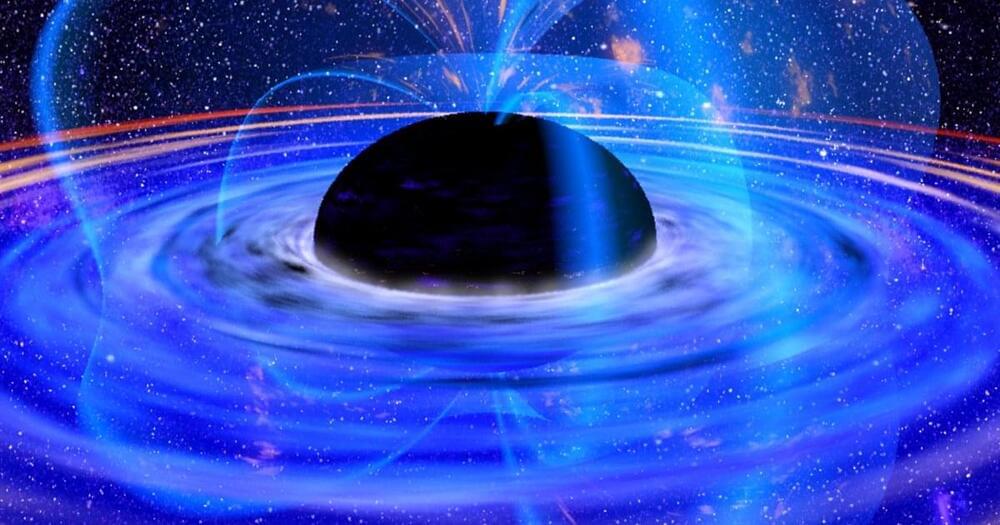
But you might notice that something is missing: this radiation doesn’t seem to encode, in any way, knowledge of the information that went into the creation of the black hole in the first place. Somewhere along the way, information was destroyed. That’s the key puzzle behind the black hole information paradox. No one seriously disputes the initial setup of the puzzle: that information exists, and that the information (and entropy) does in fact go into the black hole both when it’s first created and also as it grows. What is up for debate, and what in fact is the big question behind the information paradox, is whether that information comes back out again or not.
The way we calculate what comes out of a black hole via Hawking radiation, despite the fact that Hawking radiation has been around for a full half century as of 2024, hasn’t changed all that much over the past 50 years. What we do is assume the curvature of space from general relativity: the fabric of space is curved by the presence of matter and energy, and general relativity tells us exactly by how much.
We then perform our quantum field theory calculations in that curved space, detailing the radiation that comes out as a result. That’s where we learn that the radiation has the temperature, spectrum, entropy, and other properties we know that it possesses, including the fact that it doesn’t appear to encode that initial information when the radiation comes out.
